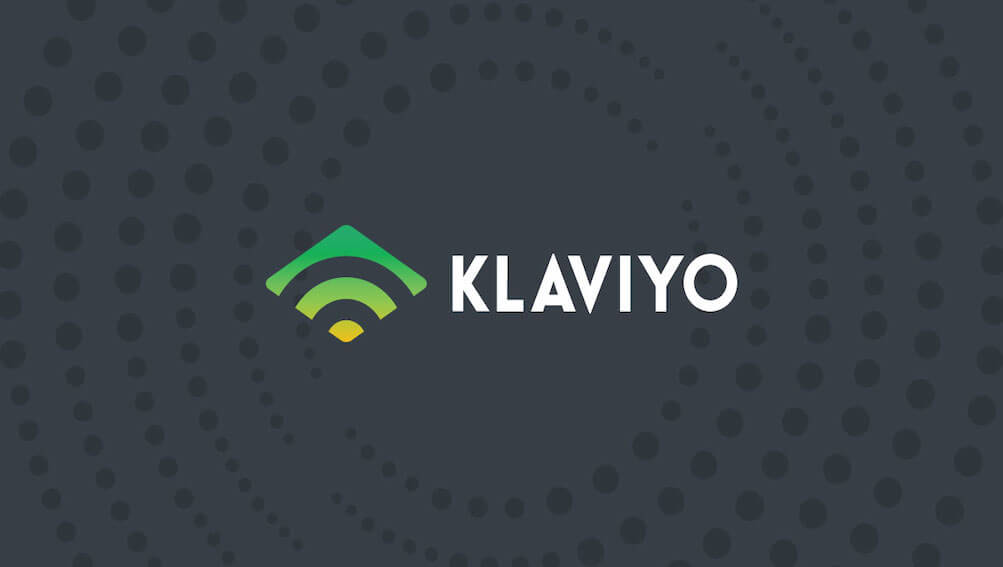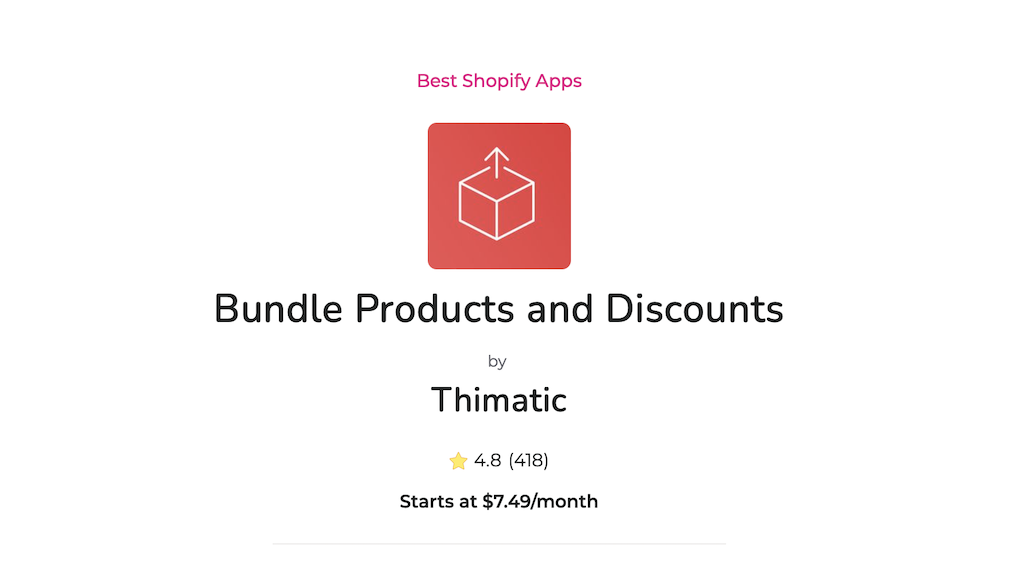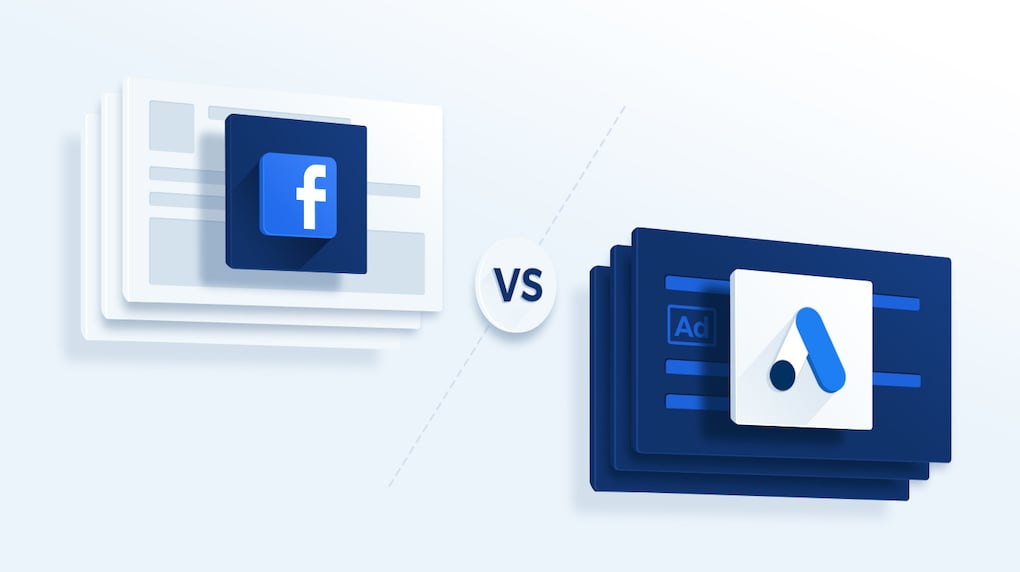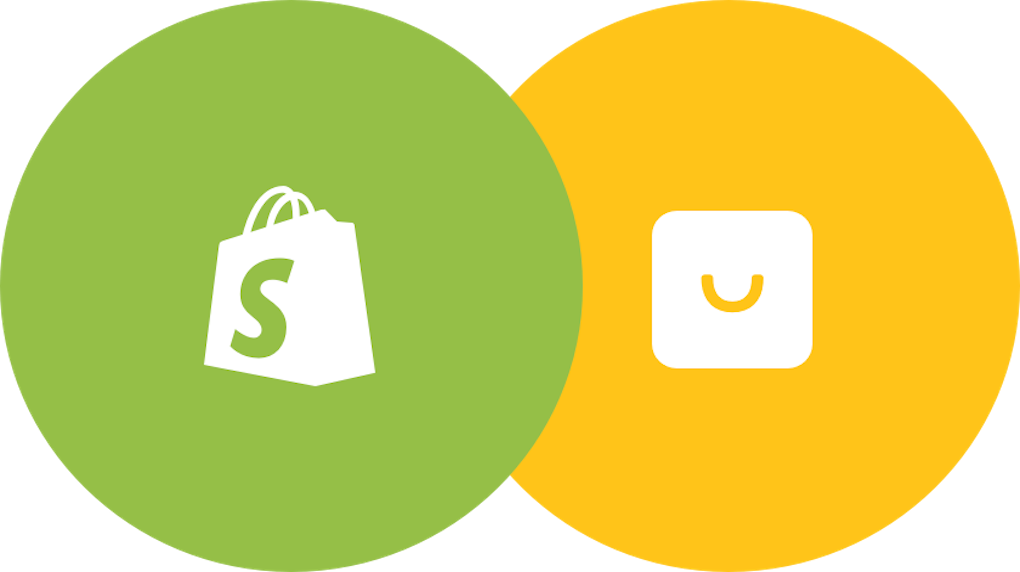One of the biggest advantages of powering your eCommerce store with Shopify is the vast number of easy-to-use apps and plugins already available for the platform.
That’s important because as your store grows, the toolkit you’ll need to bring in new business grows as well. A bare-bones set of features might be enough to get things off the ground, but more customers and more sales will quickly expose the gaps in your site’s functionality, and hamstring your ability to successfully market to both old and new audiences.
That might mean budgeting for a site-wide overhaul. But the Shopify community has also produced strong integrations that support any number of features your site will need as it grows. From email integration to cross- and upsell capabilities, to review systems and chatbots, there’s a lot you can add to your store’s marketing capabilities with the best Shopify apps available.
But which new features should you prioritize? And which Shopify plugins can best provide them? Let’s walk through some of the most useful tools ready to integrate with Shopify, and how they can help level up your eCommerce.
HubSpot: Delighting customers with exceptional CRM

It won’t surprise you to hear that Customer Relationship Management is crucial to any successful eCommerce operation. Although you might be able to manually manage customer relationships while your business is small, you’ll need a system that helps track and maintain those relationships as your customer base grows.
Not only is nurturing existing customers a cheaper route to revenue than winning new business (and better for your ROI), but understanding what those customers see in your brand will also help you more effectively expand your audience down the road.
What’s your best option? At Major Tom, we’re big fans of the Hubspot platform for your CRM. There’s a lot to be said for the power of Hubspot, but one of its biggest selling points is its flexibility. Hubspot is a big believer in the holistic power of inbound marketing, or nurturing leads and delighting customers to encourage repeat business and brand advocacy. They have the toolkit to back that up.
Their CRM offers everything you need to cater to your customers — including shared contact info, customer activity, a central reporting dashboard, and support for customer comms through Chatbots, ticketing, and live chat — but it also easily integrates into Hubspot’s other services. Those include essentials like a Content Management System, as well as social, search, and email marketing tools. Or if you have your own preferred system, it can be integrated into your Hubspot platform.
Even better, Hubspot offers free tools covering marketing, sales, service, and operations, so you can explore the platform before making a financial commitment. This means you can start quickly, scale easily, and secure a sturdy CRM foundation from the get-go.
Looking for alternatives? Salesforce is a wildly popular CRM with numerous related apps in the Shopify marketplace to better support your storefront
Klaviyo: Personalize your marketing with effective email integration

Once you have a useful set of customer information, what do you do with it?
For cost-effective growth, one of the best tools in your arsenal is strategic email marketing. A well-crafted email campaign can serve customers the right content at the right time, not only driving conversions but building their relationship with your business.
And for Shopify-compatible email marketing, it’s hard to beat Klaviyo. Klaviyo uses the information from your Shopify store to build email campaigns that are catered to your customers — helping them deliver value, rather than being intrusive.
What does that mean in practical terms? Klaviyo lets you move beyond built-in purchase confirmation orders to entire email flows that are sent in different situations, bringing the right content to the right customers at the right time.
For example, you can set up a welcome flow for new customers that eases them into your brand voice and identity — and even includes some sort of welcome bonus, like a discount incentivizing their first purchase. Or you can target holiday- and sales-driven shoppers with season promo emails, giving them advanced notice or early access to time-limited sales that will get them excited to be a customer.
Want to know more? See what email marketing looks like in practice with our work for Larry’s Market.
Looking for another Shopify-friendly option? Sendinblue offers a dedicated Shopify app for easy integration, an all-in-one editor for emails and SMS marketing, and even some basic analytics and heat mapping tools to gauge email performance.
Thimatic: Promote your products with bundling and shopping ad integration

Of course, the spotlight of your store should always be on your products. Luckily, there are tools that let you present them to visitors and customers in more compelling ways to better encourage sales.
Consider bundling plugins, like Thimatic’s “Bundle Products and Discounts” Shopify app. It’ll let you make some simple quality-of-life improvements to your store layout that will not only simplify things for your customers but encourage them to keep shopping after they’ve found the first item they’re looking for.
For example, you can bundle products that are frequently purchased together, or recommend those products to customers who buy one from the set. It’s a basic feature but will go a long way to upselling customers by presenting them the most likely items to capture their interest and add value to their purchase.
Google and Facebook Shopify integrations

Another way to help get relevant products in front of the right customers? Setting your store up for Google & Facebook shopping feed integration. This lets you move beyond basic display ads to present dynamic product feeds to potential customers. They can both leverage a visitor’s browsing history and make it easy for them to buy, reducing the number of steps between viewing an ad and making a purchase. Because they’re customizable, shopping feeds will provide relevant reminders tailored to each prospective customer, instead of the generic content you might need to use for wider prospecting.
You can even use them to highlight new or contextual discounts. Did a visitor add something to their cart before giving up? Coax them back by showing off variations of that product in a dynamic ad, now paired with a small discount to make the purchase truly irresistible.
There are a huge number of possibilities once you’ve set up your shopping feed, but you’ll need to start with the right account setup and authorizations in both Google and Facebook to ensure that the systems you need have access to your store. Struggling to get it running? Why not seek out a partner to walk you through the process?
Product Quiz — Get to know your customers and help them find what they need
While we’re talking about rewarding your customers, it’s important to note that you should also take every opportunity to learn more about your customers. The better you understand what they get from your business, what products they prefer, and what they love (or don’t!) about their shopping experience, the easier it is to keep improving.
Consider a quiz plugin for your Shopify store, like RevenueHunt’s Product Recommendation Quiz. Not only does this give you a way to guide customers’ first visit to your store (by confirming what they’re looking for and pointing them towards the best fit), but it lets you gather actionable insights to better tailor future marketing efforts. For example, if you’re just starting to segment audiences for future ad campaigns, a quiz will give you some great info to start identifying the meaningful groups in your customer base.
This can be especially handy if you have a more complicated product offering, or if there’s a knowledge barrier to a first sale. For example, if you sell skincare, this quiz can help a prospective customer identify the elements of a full regimen tailored to their skin type. Instead of being overwhelmed by options, a quiz can get them oriented as soon as they arrive on your site — streamlining their path to a sale.
Of course, you can also use a quiz to build your email list, and incentivize participation for better results. And what better way to do that than with a customer rewards system?
Smile.io: Reward your customers to keep them engaged

Once you’ve built a customer base for your store, you need a way to keep those customers around! Enter a Shopify-friendly rewards system — like Smile.io. With an easy installation from the Shopify apps store (plus options for connecting with other tools), Smile.io covers the basics that you need for a compelling rewards system.
For starters, it provides a points system that customers can use to earn benefits in your store. Discounts, free products, free shipping — you have the flexibility to pick an option that makes sense for your business. Better yet, although you can reward points for customer purchases, Smile.io lets you reward other behaviors that can support your marketing efforts. Leaving reviews, sharing products on social, following accounts — points add a tangible reward for customers who boost your business.
That’s just the start. You can also further expand your rewards program with VIP benefits (like exclusive discounts, early access to new products, or VIP-exclusive gift-with-purchase items) that will reward customers for sticking with your business in the long run. Or, provide direct rewards for referrals and other forms of brand advocacy. This creates a win-win scenario where happy customers who bring in more business get even more value from your store in the form of discounts, bonus products, etc.
Important to note: Smile.io directly links these rewards to a customer’s account in your store. That might sound like a small detail, but every additional login or degree of separation from your storefront is another opportunity for a customer to drop off. Not to mention that rewards won’t mean much to your customers if they’re a pain to claim. Smile.io’s direct integration with your store makes things easy for everyone.
Your Shopify storefront is never done evolving
Keep in mind that these suggestions are just a starting point. The hurdles and successes you encounter as you develop your Shopify platform are a great compass for identifying where you need additional tools, and the Shopify marketplace makes it easy to find them. Just remember that each of your successes and additions is another step in your eCommerce growth — not an end point.
Want to know more? Download our Shopify playbook for more tips you can take on the go, or check out our other deep dives on the Mercury blog.